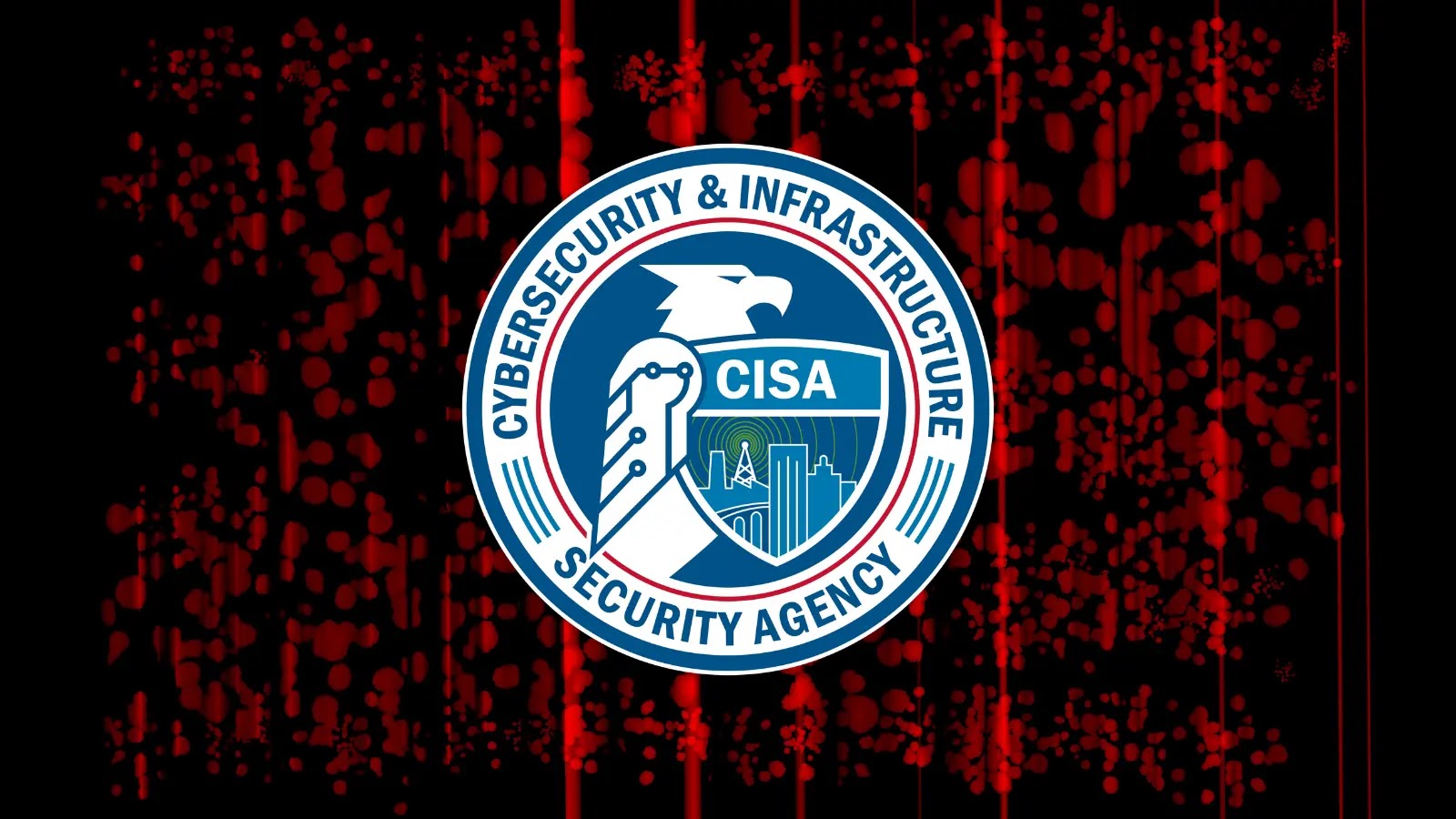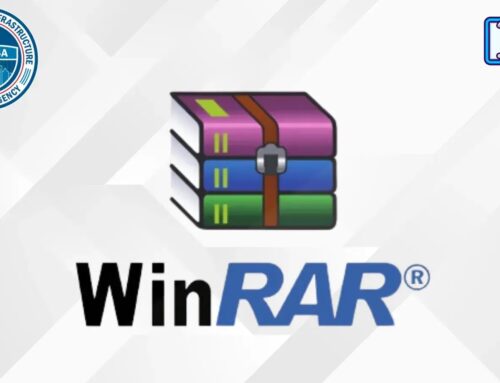
CISA Open-sources Malware and Forensic Analysis Tool Thorium to Public Availability
In the relentless battle against sophisticated cyber threats, speed and precision are paramount. Every second counts when dissecting malicious code and understanding its impact. Recognizing this critical need, the Cybersecurity and Infrastructure Security Agency (CISA), in a significant move for the cybersecurity community, has officially open-sourced Thorium.
Developed in close collaboration with Sandia National Laboratories, Thorium is a highly scalable and distributed platform engineered for automated file analysis and the aggregation of forensic results. This public release signifies a major step forward, empowering cybersecurity teams with a robust tool designed to streamline complex analysis workflows and integrate seamlessly into existing security operations.
What is Thorium? A Deep Dive into its Capabilities
Thorium isn’t just another analysis tool; it’s a comprehensive platform built for the modern threat landscape. At its core, Thorium automates tedious and time-consuming aspects of malware and forensic analysis. Its distributed architecture allows for parallel processing, significantly accelerating the handling of large volumes of suspicious files.
Key capabilities include:
- Automated File Analysis: Thorium can ingest and automatically analyze various file types, identifying potential malicious indicators without constant manual intervention.
- Scalability: Designed to handle high-throughput environments, Thorium can scale to meet the demands of large organizations or incident response efforts, processing numerous files concurrently.
- Distributed Architecture: Its distributed nature enables efficient load balancing and fault tolerance, ensuring continuous operation even under heavy demand.
- Result Aggregation: Beyond individual file analysis, Thorium excels at aggregating disparate results from various analysis modules, providing a cohesive and comprehensive overview of potential threats.
- Integration Capabilities: While specific integration details will emerge as the community adopts Thorium, its open-source nature suggests significant potential for integration with existing Security Information and Event Management (SIEM) systems, threat intelligence platforms, and incident response frameworks.
Why Open Source Thorium? The Strategic Advantage
CISA’s decision to open-source Thorium aligns with a broader strategy of fostering collaboration and democratizing advanced cybersecurity tools. The benefits of this approach are multifaceted:
- Community Collaboration and Enhancement: By making Thorium publicly available, CISA invites global cybersecurity experts, researchers, and developers to contribute to its ongoing development, identify potential improvements, and build upon its core functionalities. This collaborative model accelerates innovation and enhances the tool’s robustness.
- Increased Transparency and Trust: Open-sourcing promotes transparency in government-developed tools, fostering trust within the cybersecurity community and allowing for independent security auditing.
- Reduced Barrier to Entry: Smaller organizations, academic institutions, and individual researchers who may lack the resources to develop such sophisticated tools can now leverage Thorium, leveling the playing field against well-resourced adversaries.
- Accelerated Threat Response: Widespread adoption and enhancement of Thorium will contribute to a more unified and effective global response to emerging cyber threats.
Implications for Cybersecurity Professionals
For cybersecurity analysts, incident responders, and security operations center (SOC) teams, Thorium represents a significant force multiplier. It automates much of the initial triage and analysis, freeing up human analysts to focus on more complex, high-level threat hunting and strategic decision-making.
The ability to rapidly process and analyze suspicious artifacts means faster identification of threats, quicker containment, and ultimately, reduced dwell times for attackers within networks. This translates directly to minimized damage and improved organizational resilience.
Remediation Actions and Leveraging Thorium
While Thorium itself is an analysis tool and not a direct remediation solution for a specific vulnerability (it detects rather than fixes), its role in the overall security posture is critical. Here’s how organizations can leverage Thorium and enhance their security:
- Integrate into Incident Response Workflows: Deploy Thorium as a core component of your automated incident response playbook for file analysis.
- Enhance Threat Hunting: Use Thorium to analyze suspicious files identified through threat intelligence feeds or internal monitoring, aiding proactive threat hunting efforts.
- Automate Triage: Automate the initial triage of suspicious email attachments or downloaded files before they reach human analysts, reducing potential exposure.
- Contribute to the Project: If your team has development capabilities, contribute to the Thorium project on its open-source repository (once publicly detailed by CISA), helping to shape its future and address community needs.
- Train Your Teams: Ensure your cybersecurity teams are proficient in utilizing Thorium’s capabilities to maximize its benefits for detection and analysis.
Tools for Enhanced Analysis and Security
While Thorium stands as a powerful new addition, a comprehensive security strategy incorporates various tools for detection, analysis, and response. Here are examples of tools that complement Thorium’s capabilities:
| Tool Name | Purpose | Link |
|---|---|---|
| YARA | Pattern matching for malware identification | https://virustotal.github.io/yara/ |
| Volatility Framework | Memory forensics for incident response | https://www.volatilityfoundation.org/ |
| IDA Pro / Ghidra | Disassemblers and debuggers for reverse engineering | https://www.hex-rays.com/ida-pro/ | https://ghidra-sre.org/ |
| Cuckoo Sandbox | Automated malware analysis sandbox environment | https://cuckoosandbox.org/ |
Looking Ahead: The Future of Collaborative Cybersecurity
The open-sourcing of Thorium underscores a crucial shift in the cybersecurity paradigm: moving towards greater collaboration and shared resources. As threats become more sophisticated and pervasive, isolated defense mechanisms are increasingly insufficient. Initiatives like this from CISA empower the broader community, not just a select few, to robustly defend against emerging cyber adversaries.
The adoption and evolution of Thorium will be a testament to the power of collective intelligence in fortifying our digital infrastructure. Its impact will undoubtedly be felt across the cybersecurity landscape, enabling faster, more efficient, and more effective responses to the threats of today and tomorrow.





